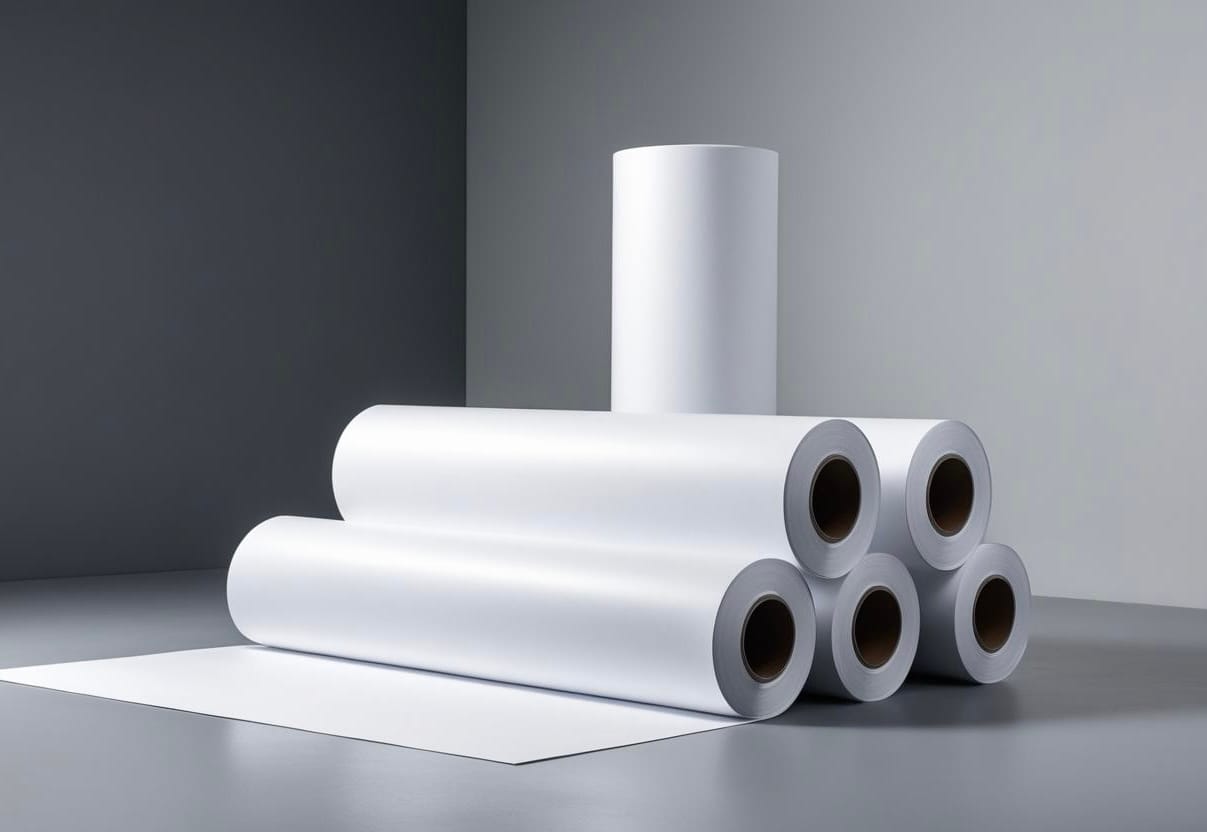
DISCOUNTED EDUCATION PRICING! CALL 1-877-891-8411. We Gladly Accept School Purchase Orders!

Whether you’re preparing for a scientific conference, designing an eye-catching advertisement, or crafting a creative piece for an art show, one thing’s for sure: your poster matters. You’ve probably already spent hours (or days) tweaking your layout, picking the right fonts, choosing a color scheme, and making sure your content is spot-on. But here’s the thing most people forget until the very last minute — the type of paper you print on can make or break your final product.
Think of your poster paper like a stage for your work. You can have the most brilliant content, but if the stage isn’t right, the whole presentation falls flat. Imagine printing a glossy photo-heavy design on thin, dull paper — or worse, trying to display a matte-text-heavy research poster under bright lights only to discover it’s hard to read due to glare. These are the little details that can have a big impact.
But don’t worry — choosing the best poster paper isn’t rocket science (even if your poster is about rocket science). The right choice depends on what your poster is being used for, how you want it to look, where it’ll be displayed, and how long it needs to last.
In this guide, we’ll walk you through the most common poster paper types — glossy, matte, satin, and durable synthetics — breaking down their pros, cons, and best use cases. Whether you’re a first-time presenter or a seasoned designer looking to level up your print game, this post has you covered.
Let’s dig in and find the perfect paper for your next masterpiece.
(Best for: Photo-heavy designs, promotional posters, vibrant displays.)
Glossy poster paper gives your poster that sleek, shiny finish. It enhances colors, makes images pop, and feels premium. If you’re printing movie-style posters or anything with high-res images, this is your go-to.
Pros:
Cons:
(Best for: Text-heavy academic posters, minimalist designs, professional settings.)
Matte paper has a smooth, non-glossy finish that’s easy on the eyes. It’s perfect when you want clarity and readability without the shine. If you’re printing a research poster for a conference or a corporate display, matte is classy and readable.
Pros:
Cons:
(Best for: Posters that need both image clarity and easy readability.)
Satin poster paper strikes a balance between matte and glossy. It has a soft sheen that boosts color without the intense glare. If you’re torn between matte and glossy, this is your happy medium.
Pros:
Cons:
(Best for: Posters for events, signage, or travel that need to be waterproof and tear-resistant.)
These synthetic papers are tough. If you’re presenting outdoors, traveling with your poster, or just want it to last, this is a smart option. It won’t rip or wrinkle easily, and it’s water-resistant.
Pros:
Cons:
| Poster Use | Best Paper Type |
|---|---|
| Academic or scientific posters | Matte or Satin |
| Art or photo-heavy posters | Glossy or Satin |
| Outdoor signage | Vinyl or Polypropylene |
| Travel or repeated use | Durable synthetic paper |
| Budget-friendly option | Matte (standard weight) |
When selecting paper, don’t overlook weight. Look for 180–200 gsm (grams per square meter) or higher for a sturdy, high-quality poster that won’t curl or sag when mounted. Standard printer paper (75–90 gsm) is way too thin for posters — it won’t hold up on a wall or display board, and it just won’t look professional.
At the end of the day, a poster is more than just printed information — it’s a first impression, a conversation starter, a visual representation of your work. So why cut corners when it comes to the physical material that carries it?
Choosing the right poster paper is a subtle but powerful move. It tells people you care about the details. It boosts your credibility. It can even influence how long someone lingers at your poster, whether they take it seriously, or if they remember it at all. From the shimmer of a glossy finish to the understated strength of matte or the long-haul durability of vinyl, paper matters more than you think.
So take a moment to think beyond the pixels on your screen. Picture your poster printed, held in your hands or displayed on a wall. Does it reflect the effort you put into it? Does it feel right?
If the answer’s yes — congratulations! You’ve nailed both form and function.
If not — hey, now you know what to look for.
And if you’re still unsure? Drop a comment or reach out — happy to help you choose the best paper for your next big presentation. Your work deserves to be shown off the right way.